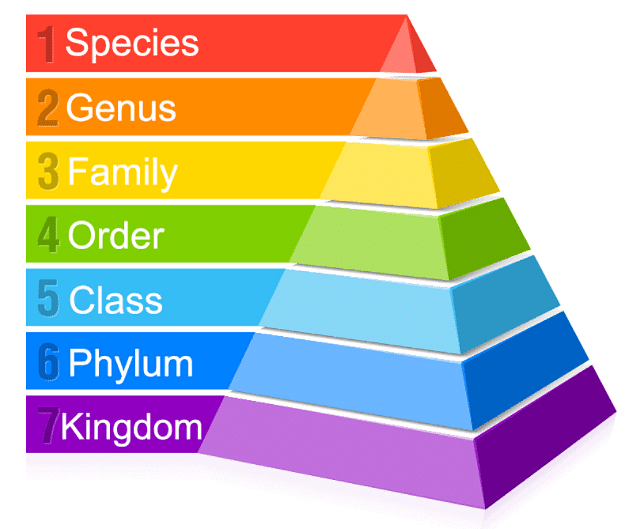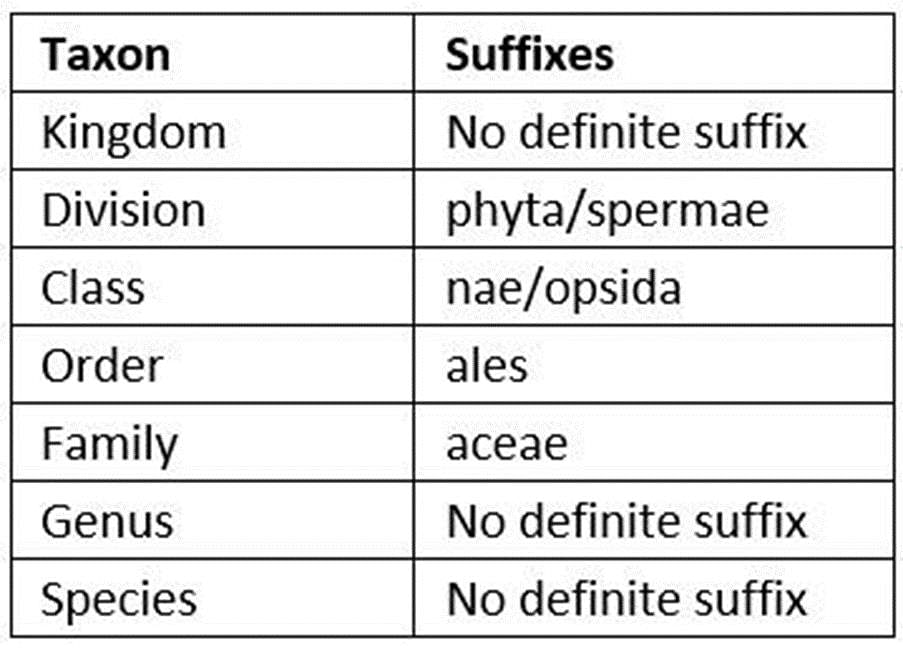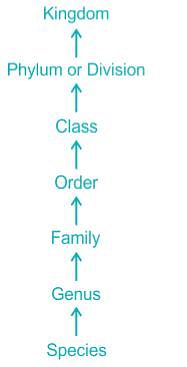NEET Exam > NEET Tests > Biology Class 11 > Test: Taxonomic Categories - NEET MCQ
Test: Taxonomic Categories - NEET MCQ
Test Description
10 Questions MCQ Test Biology Class 11 - Test: Taxonomic Categories
Test: Taxonomic Categories for NEET 2025 is part of Biology Class 11 preparation. The Test: Taxonomic Categories questions and answers have been
prepared according to the NEET exam syllabus.The Test: Taxonomic Categories MCQs are made for NEET 2025 Exam. Find important
definitions, questions, notes, meanings, examples, exercises, MCQs and online tests for Test: Taxonomic Categories below.
Solutions of Test: Taxonomic Categories questions in English are available as part of our Biology Class 11 for NEET & Test: Taxonomic Categories solutions in
Hindi for Biology Class 11 course. Download more important topics, notes, lectures and mock
test series for NEET Exam by signing up for free. Attempt Test: Taxonomic Categories | 10 questions in 10 minutes | Mock test for NEET preparation | Free important questions MCQ to study Biology Class 11 for NEET Exam | Download free PDF with solutions
Test: Taxonomic Categories - Question 1
The scientific name of mango is written as Mangifera indica L. Pickup the correct statement about the significance of the letter 'L'.
Detailed Solution for Test: Taxonomic Categories - Question 1
Test: Taxonomic Categories - Question 2
Which taxonomic category is characterized by the presence of notochord and dorsal hollow neural system in animals?
Detailed Solution for Test: Taxonomic Categories - Question 2
Test: Taxonomic Categories - Question 3
The correct sequence of taxonomic categories is _________________.
Detailed Solution for Test: Taxonomic Categories - Question 3
Detailed Solution for Test: Taxonomic Categories - Question 4
Detailed Solution for Test: Taxonomic Categories - Question 5
Test: Taxonomic Categories - Question 6
The taxonomic unit ‘Phylum’ in the classification of animals is equivalent to which hierarchical level in classification of plants
Detailed Solution for Test: Taxonomic Categories - Question 6
Test: Taxonomic Categories - Question 7
Which of the following is a correct representation of the scientific name for a lion?
Detailed Solution for Test: Taxonomic Categories - Question 7
Test: Taxonomic Categories - Question 8
As we move higher from species to kingdom in the taxonomic hierarchy, what happens to the number of common characteristics shared among the members within the taxon?
Detailed Solution for Test: Taxonomic Categories - Question 8
Detailed Solution for Test: Taxonomic Categories - Question 9
Detailed Solution for Test: Taxonomic Categories - Question 10
|
181 videos|362 docs|148 tests
|
Information about Test: Taxonomic Categories Page
In this test you can find the Exam questions for Test: Taxonomic Categories solved & explained in the simplest way possible.
Besides giving Questions and answers for Test: Taxonomic Categories, EduRev gives you an ample number of Online tests for practice





















